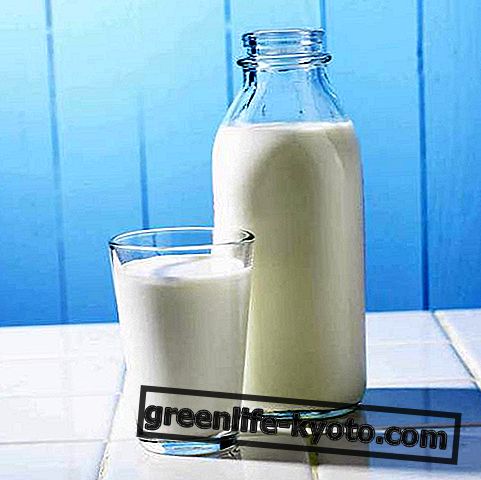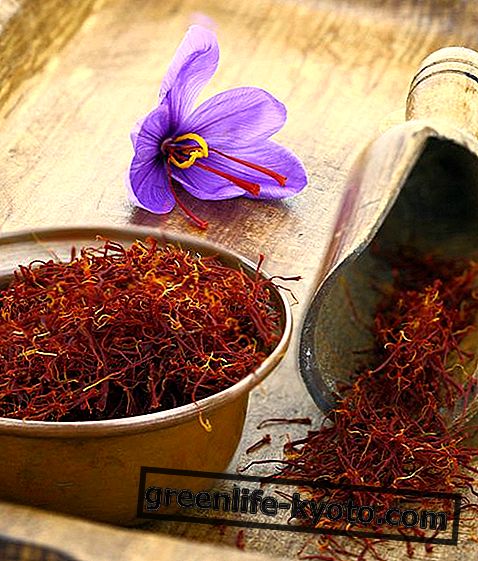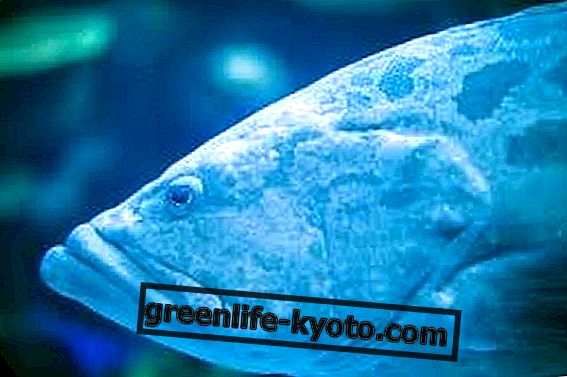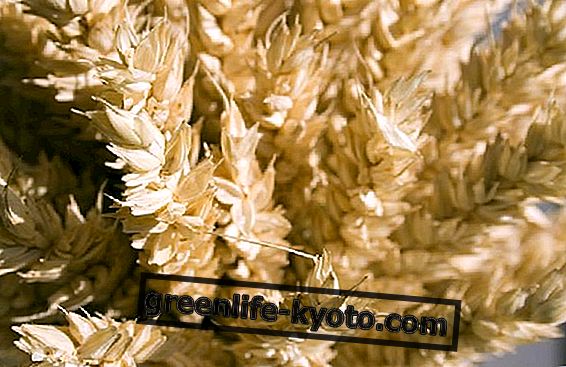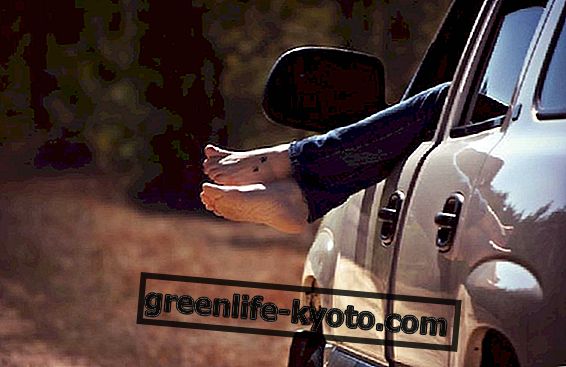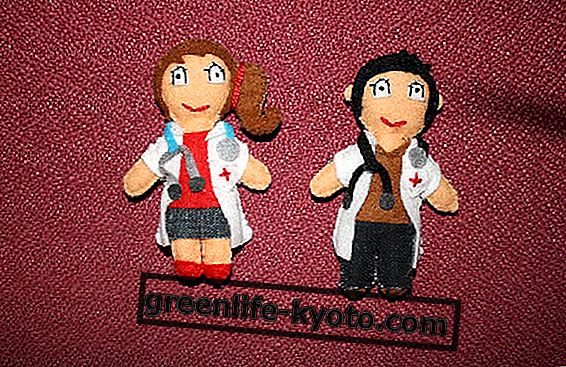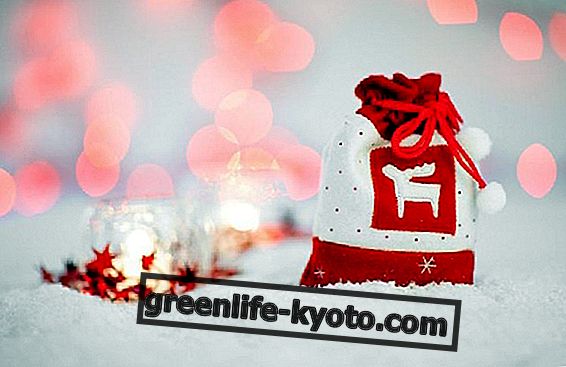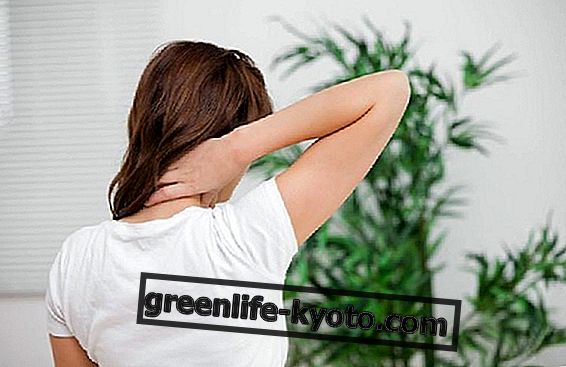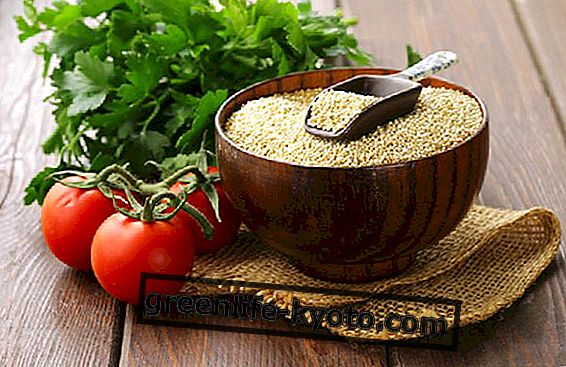
The Kusamono, a bonsai made of grass
Kusamono literally means a "thing of grass", a term often associated with the more famous Bonsai and Ikebana and with the lesser known Shitakusa and Kokedama, which very often together constitute the elements of company in a Tokonoma, for the Japanese the special place of the house or niche where flower and painting decorations are usually placed, also destined for the tea ceremony and the reception of guests.
All these somewhat special terms are part of Japanese art which consists of creating original compositions using plants, herbs, flowers, soil, moss and even stones.
It is a secular art, perpetrated by masters and enthusiasts of the green and the east.
If some consider bonsai to be a "contemptible" art because it bends and limits an otherwise destined nature, others are attracted by the calm and harmony that these oriental gardening practices infuse, often considered curative.
Certainly, the Kusamono, compared to Bonsai, is a less "interventionist" art and if we are invasive, as it is realized through local and seasonal wild herbs planted in a decorative vase. But let's find out more.
How to make a Kusamono (imperfect!)
Starting from the assumption that the Kusamomo is, in a reductive way, a small " bonsai of weeds ", flowers or spontaneous plants that keep us company, finding some information here and there, we try to make it in a homely and imperfect way, with small tools and means of course available, without, in this case, buying anything new.
The only things you will need : a seasonal spontaneous plant (for example, daisies or clover flowers or pink sorrel), which you would also like to see at home, a small and graceful perforated vase, of soil (you should use special soil, like ketotsuchi - called Keto - and Akadama), of draining balls of expanded clay or bark, moss or creeping grass if you have it, some stone, pebble or decorative element to taste.
Procedure : take the jar, make a first draining layer of expanded clay of about one centimeter, then fill it for more than half of the soil.
Join the flower or the spontaneous plant that you have decided to recover, cover the soil with moss or spontaneous undergrowth plants, then place a few stones and decorative elements here and there.
Water it all and place it in the house where you want it, preferably near a light source.
Masters of Kusamono
Jokes and experiments aside, there are people and masters who dedicate a whole lot to the Japanese art of cultivating .
In this regard, the green works of Nicola "Kitora" Crivelli are surprisingly beautiful.
As can be seen from the gallery of the Kusamono website, the compositions created by Young Choe, an artist who studied with Kusamono's teacher Keiko Yamane, are extremely fascinating and extraordinary and can be performed in all four seasons, autumn, summer, spring and winter, with the spontaneous plants that nature offers.
The serious courses of Ikebana, Bonsai, Kusamono, Kokedama and Shitakusa are different and you can usually find ad hoc lessons in various cities and at specialized gardeners and gardens. An original idea for birthday presents for special people!
